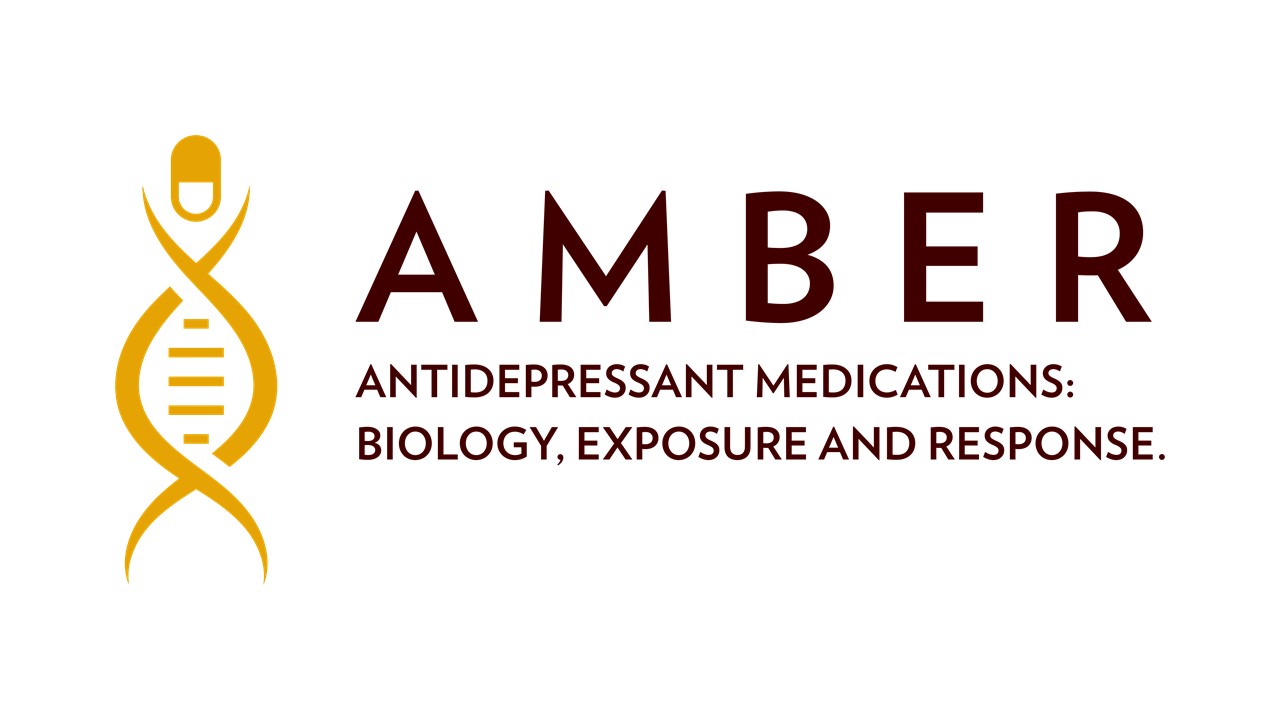June 2025 saw the second in person all AMBER meeting since the project began. This year it was the turn of University of Edinburgh to host the meeting.
When planning the meeting our underlying approach was to create an experience that was engaging and enriching for all involved.
Most importantly this would be the first time members of our LEAP met in person with the wider AMBER research team. We wanted to ensure they felt welcome, had space to contribute and enjoyed the experience.
Here are some of the steps we took:
1) In advance of the meeting we held a ‘Meet ‘n’ Greet’ coffee morning online. This was in order for the LEAP and AMBER researchers to get to know one another a little and recognise faces when they met in person.
2) To this end we also created an AMBER booklet, a physical record of Who’s Who in AMBER, along with some information about each person’s life both within and out with the AMBER project.
3) We wanted to make attendance at the meeting as flexible and accessible as possible for the LEAP. We reassured them that they could attend as much or as little of the meeting as they wished. We booked flexible accommodation and travel. LEAP members were given a guide to the Edinburgh Futures Institute (where we held the meeting), with information about local amenities. We also provided a Teams link for anyone who wished to join online.
4) In recognition of the fact we were welcoming people from across the breadth and width of the globe (one researcher travelled all the way from Australia) we wanted to create, as much as possible, a visitor experience. After all Edinburgh is famed as a historical and cultural destination. We played our part with a welcoming gift of Irn Bru and Tunnocks teacakes and a walking tour of the city. (Yes it was raining, in true Scottish style, but that didn’t dampen our spirits!
5) The all AMBER meeting presented a golden opportunity for researchers to practice their PPIE skills. To this end, we ran ‘elevator pitch’ training ahead of the meeting, to help researchers prepare a lay-friendly introduction to their research. We also invited researchers to lead on opening and closing icebreaker activities each day. The addition of photography, reflective questioning, human bingo and more really added to the experience, leaving us all with a rich appreciation the varied skillset within AMBER.
6) When planning the meeting together with our colleagues from King’s College London we looked at feedback from the previous year’s meeting and noted a call for more creative and participative activities.
In addition to the creative opening and closing activities the meeting also featured:
- A session on Work Package updates where each update was visually depicted (See example of WP4 – Genetic Studies of Antidepressant Response update above. Please note this visual was created as an aide to a presentation, and not as a stand alone piece of information.)
- A facilitated session using a Ketso kit*, in order to gather views and opinions on donating cells for current and future research
- A session on Visual Thinking, exploring how we can use simply imagery to communicate our research
- A Hackathon, where we explored making tools to visualise and share a medications dataset
- A session on AMBER led publications, where we used mind mapping software to plot publication routes for the various messages that are coming out of the AMBER project
Finally, in recognition that a two day event can be taxing on the brain and spirit, we made sure we had a Quiet Room for attendees to escape to whenever the moment required. Beautifully curated with mindful colouring books, cushions and throws, fidget toys and refreshments this offered both reassurance and a practical outlet.
In total we felt that the all AMBER in person meeting was a great success. LEAP members spoke openly about how much they enjoyed the experience, valuing both the learning and the opportunity to take connections off line and into the real world. If anything this has reaffirmed the importance of offering a variety of experiences to help build relationships, communicate ideas and generate new thinking. Roll on 2026!
A huge thank you to Emer O’Leary (Training Manager) and Iona Beange (PPIE Co-ordinator) who were instrumental in designing & organising this event. Thanks also to Megan Calnan and Kate Stewart (KCL).
*Ketso kit: https://ketso.com/
(Visual by Emer O'Leary)
(Visual by Emer O'Leary)



